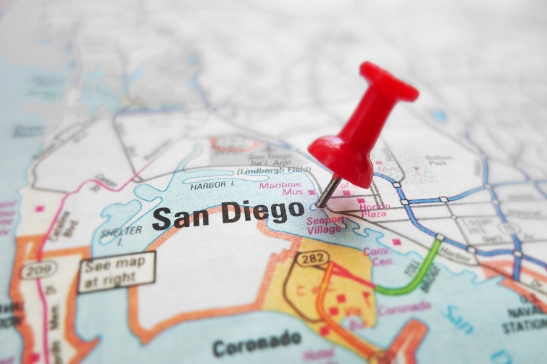May 6, 2024: UC San Diego Protests Result in Mass Arrests
On May 6, 2024, a notable pro-Palestinian rally at the University of California, San Diego (UCSD) concluded with the detention of 64 individuals. The demonstration, which initiated as an encampment on university property, formed part of a series of actions advocating for Palestinian rights and urging the institution to withdraw investments from organizations linked to Israel. Tensions heightened when university officials, citing safety issues and unauthorized gatherings, mandated the dismantling of the encampment.
In the early hours of the morning, more than 100 law enforcement officers were dispatched to disband the encampment. This operation resulted in clashes between law enforcement and demonstrators, leading to the arrest of students and activists. Those taken into custody faced charges varying from trespassing to obstructing justice. The university administration justified the decision, highlighting the necessity of upholding campus safety and order. Nevertheless, critics contend that the reaction violated free speech rights and curtailed legitimate political expression.
The occurrence has ignited a wider discussion on campus and beyond concerning the equilibrium between security protocols and the right to protest. In the aftermath of the arrests, solidarity demonstrations have been arranged, with participants calling for the release of those detained and the safeguarding of civil liberties. University authorities have expressed their commitment to open dialogue but assert that actions disrupting campus activities cannot be tolerated. As the situation evolves, it emphasizes the ongoing national discourse about the role of academic establishments in accommodating political activism while ensuring community safety.
2

